Peter Strehl3540264019, 9783540264019
Table of contents :
Contents……Page 12
Commonly Used Abbreviations……Page 10
1 Introduction……Page 17
2 Beam Intensity Measurements……Page 26
2.1 Faraday Cups……Page 27
2.1.1 Faraday Cups for Low Power Beams……Page 28
2.1.2 Faraday Cups for High Power Beams……Page 31
2.1.3 Faraday Cups in Broadband Design……Page 37
2.1.4 Faraday Cups for Electrons……Page 43
2.2 Calorimetric Intensity Measurements……Page 47
2.3 Beam Current Transformers……Page 48
2.3.1 The Passive Beam Transformer……Page 52
2.3.2 The Active Beam Transformer……Page 56
2.3.3 The DC-Transformer……Page 59
2.3.4 Combined Systems……Page 61
2.3.5 The Integrating Current Transformer……Page 65
2.3.6 The Resonant Current Transformer……Page 66
2.4 The Cryogenic Current Comparator……Page 67
2.5 Secondary Electron Monitors……Page 70
2.6 Ionization Chambers……Page 72
2.7.1 Scintillation Counters……Page 74
2.7.3 Comparison of the SEM, IC, and SCM……Page 76
2.7.4 Radiation-Hard Counters……Page 77
3.1 Relevant Formulas……Page 86
3.2 DC-Beams……Page 88
3.2.1 Determination of the Coefficients……Page 92
3.2.2 Estimation of Multiple Scattering……Page 93
3.2.4 Determination of the Boundary Conditions……Page 95
3.2.5 Initial Temperature Distribution……Page 97
3.2.6 Proposed Iteration Algorithm……Page 98
3.2.8 Some Examples……Page 99
3.2.9 Comparison with the FE Method……Page 102
3.2.10 The Special Case of Very Small Penetration Depth……Page 103
3.2.11 Cooling by Radiation……Page 105
3.2.12 Rectangular Geometries……Page 108
3.3.1 Short Pulses and Low Penetration Depth……Page 109
3.3.2 Numerical Solution of the Partial Equation of Heat Transfer……Page 111
3.3.3 Some Examples……Page 113
3.4.1 DC-Beams……Page 115
3.4.2 Pulsed Beams……Page 116
4.1 Profile Grids, Harps……Page 120
4.1.1 Signal Processing……Page 122
4.1.2 Minimum Current Required per Wire……Page 124
4.1.3 Maximum Current on a Wire……Page 126
4.1.4 Algebraic Reconstruction Techniques……Page 127
4.2 Profile Grids with Gas Amplification (MWPC)……Page 129
4.3 Wire Scanners……Page 130
4.3.1 Wire Scanner Versus Profile Grids……Page 132
4.3.2 Flying Wire……Page 133
4.4 Scintillation Screens……Page 135
4.4.1 Scintillation Screens Versus Profile Grids……Page 137
4.5 Residual Gas Ionization Monitors……Page 138
4.5.1 Example for the Linac Case……Page 139
4.5.2 Residual Gas Fluorescence Monitor……Page 146
4.5.3 Residual Gas Ionization Monitors for Circular Machines……Page 147
4.6.1 Spectra Produced by Ion Sources……Page 159
4.6.2 Stripper Spectra……Page 161
4.7 Beam Alignment Based on Beam Profile Measurements……Page 165
5.1 Principles of Signal Extraction……Page 169
5.1.1 Comparison of Inductive and Capacitive Signals……Page 170
5.2.1 Design Hints……Page 171
5.2.2 Simplified Electric Circuit Diagram……Page 172
5.2.3 Resonant Circuit……Page 174
5.2.5 One-Dimensional Signal Calculation……Page 175
5.2.6 Bunches of Arbitrary Shape, Ring-Shaped Pickup……Page 178
5.2.7 Pickup Plates……Page 181
5.2.8 Comparison of Charge Density Distributions……Page 182
5.2.9 Detection Limits……Page 183
5.2.10 Sensitivity of Position Measurements……Page 187
5.2.11 Linearity of Position Measurements……Page 189
5.2.12 Examples for Design and Signal Processing……Page 191
5.3.1 Beam Energy Determination by Time of Flight……Page 193
5.3.2 Achievable Accuracy……Page 198
5.3.4 Fine-Tuning of Beam Energy……Page 199
5.3.5 Optimization of Bunchers……Page 200
5.3.6 Stopping Power Measurements……Page 201
5.3.7 Determination of the Correct Injection Energy and Prebuncher Settings……Page 202
5.3.8 Estimation of Bunch Lengths……Page 204
5.3.9 Monitoring of Low Beam Currents……Page 206
5.4.1 Basics……Page 208
5.4.2 Signal Calculation……Page 209
5.4.3 Calibration of BPMs……Page 211
5.4.4 Signal Processing……Page 212
5.4.5 Broadband Signal Processing……Page 213
5.4.6 Narrowband Signal Processing……Page 221
6 Measurements in Phase Spaces……Page 226
6.1 Transverse Phase Planes……Page 227
6.2 Emittance Measurements in Transverse Phase Planes……Page 228
6.2.1 Description of a Typical Measuring System……Page 229
6.2.2 The Relevant Parameters of an Emittance Measuring System……Page 232
6.2.3 Other Emittance Measuring Systems……Page 253
6.2.4 Determination of Emittances by Beam Profile Measurements……Page 271
6.3 Computer-Aided Optimization and Operation……Page 283
6.A Dimensioning Motor Driven Feedthroughs……Page 287
6.A.1 Estimations……Page 289
6.A.2 The Lagrange Function……Page 291
7 The Longitudinal Phase Plane……Page 297
7.1.1 Destructive Measurements……Page 298
7.1.2 Non-destructive Measurements……Page 312
7.1.3 Measurements in the Phase Planes of Circular Machines……Page 344
8.1 Introduction……Page 353
8.2.1 Charge Distributions……Page 354
8.2.2 The Potentials……Page 355
8.2.4 Sphere with a Parabolic Charge Distribution……Page 356
8.3.1 Charge Distributions……Page 357
8.3.2 Comparison of Potentials……Page 358
8.3.3 Comparison of Electric Fields……Page 359
8.4.1 The Potentials……Page 360
8.4.2 The Radial Fields……Page 361
8.4.3 Comparison with Bunched Beams……Page 362
8.5 Estimations of Space Charge Effects……Page 363
8.5.1 Electrons or Ions in the Field of Moving Bunches……Page 364
8.6 Special Effects of Moving Charged Particles……Page 374
8.6.1 Synchrotron Radiation……Page 375
8.6.2 Cherenkov Radiation……Page 376
8.6.4 Optical Transition Radiation……Page 378
8.6.5 Diffraction Radiation……Page 379
8.A.1 The Elliptical Coordinate System……Page 380
8.A.2 The Potentials……Page 381
8.A.3 The Electric Fields……Page 384
8.B Relativistic Effects……Page 385
9 Beam Loss Monitoring……Page 388
9.1.2 Plastic Scintillators, Diamond Detectors……Page 389
9.1.5 Cherenkov Counter……Page 390
9.1.7 BF[sub(3)] Counter……Page 391
9.1.9 Other Applications of Beam Loss Monitoring……Page 392
10.1 The Laserwire……Page 394
10.4 High-Resolution Bunch Shape and Length Measurements……Page 395
10.6 AC Modulation of System Parameters……Page 396
References……Page 397
A……Page 415
B……Page 416
C……Page 418
D……Page 420
E……Page 422
F……Page 424
H……Page 425
K……Page 426
M……Page 427
N……Page 428
P……Page 429
R……Page 431
S……Page 433
T……Page 435
W……Page 437
Z……Page 438
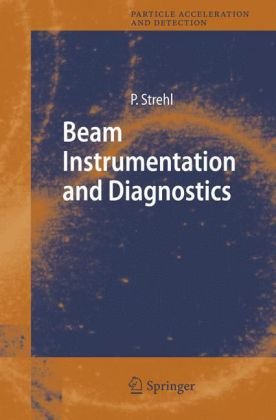
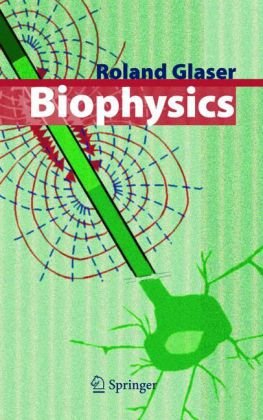
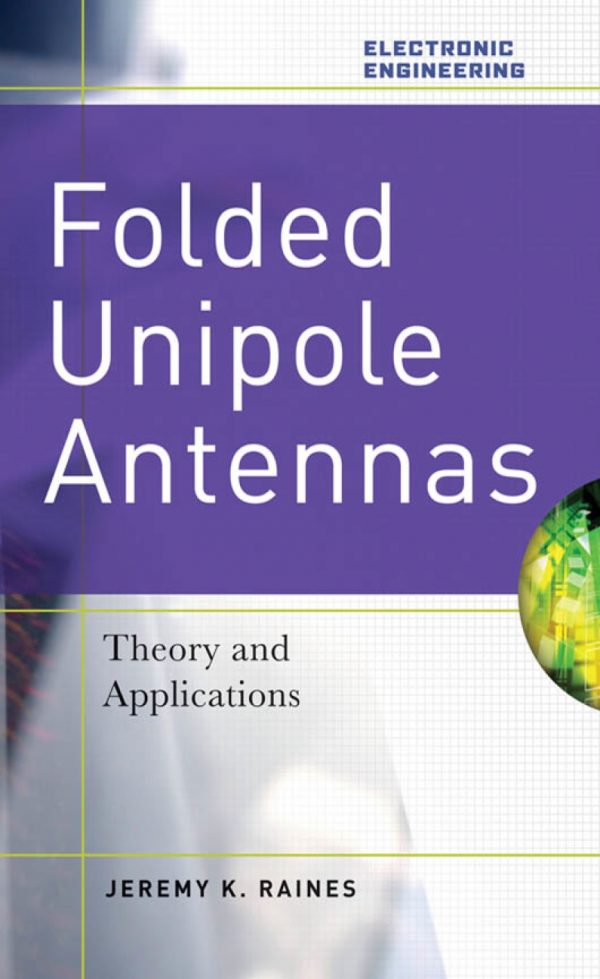
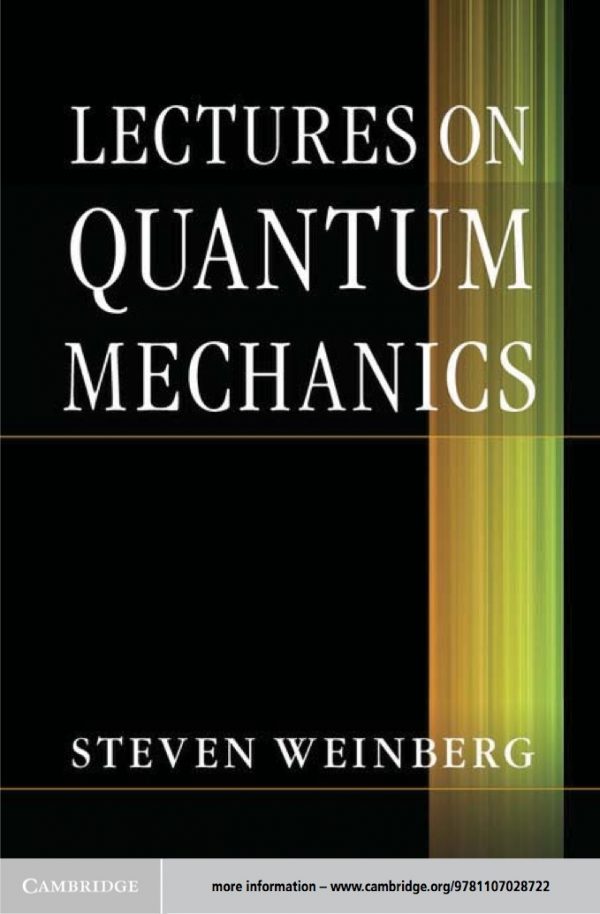

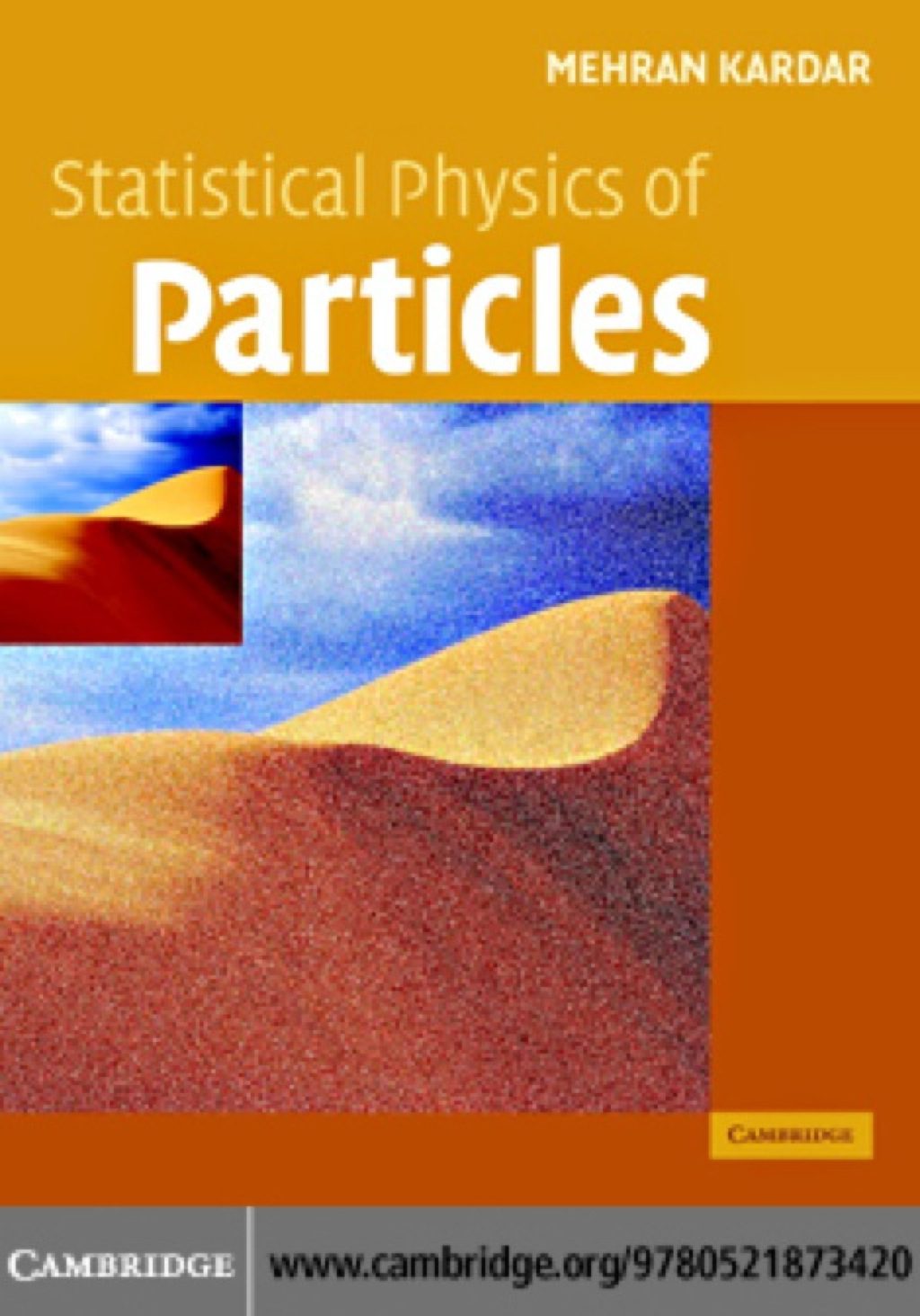
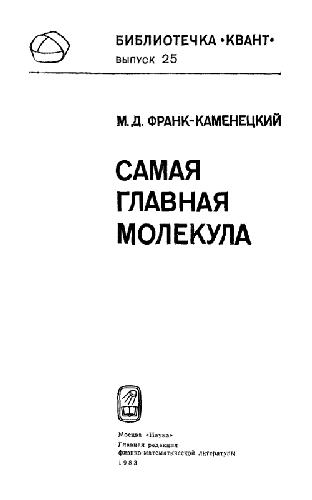
Reviews
There are no reviews yet.